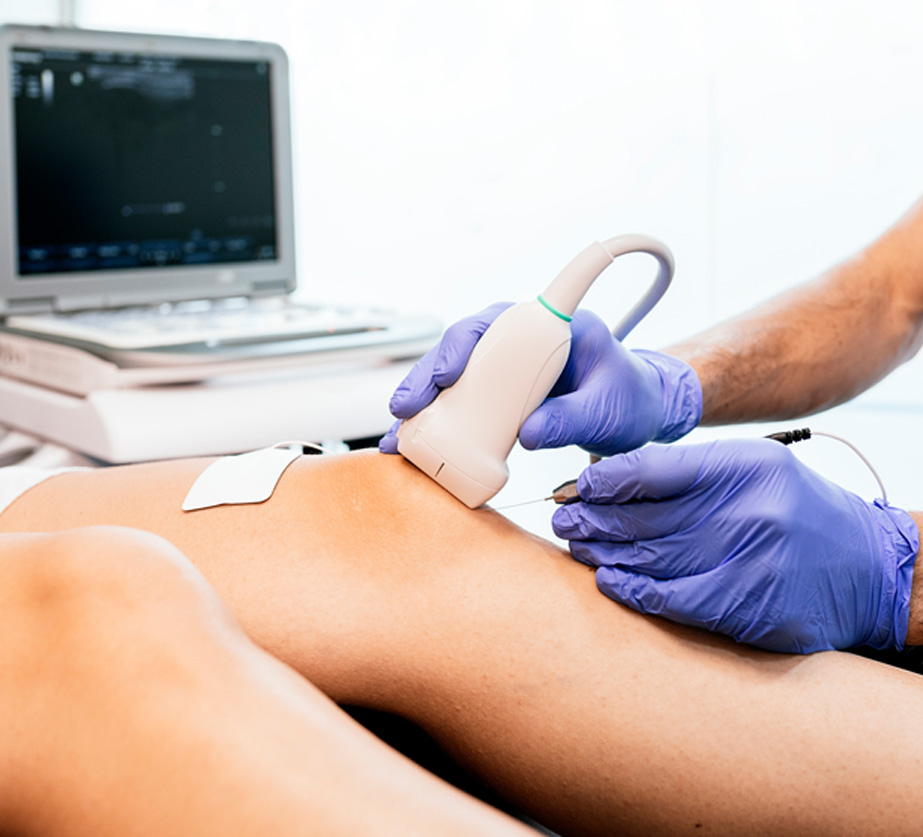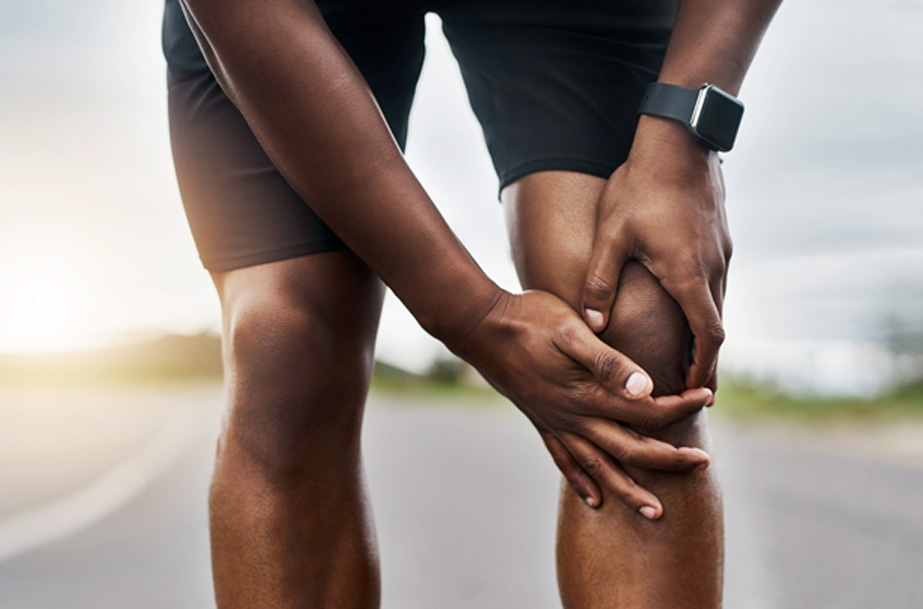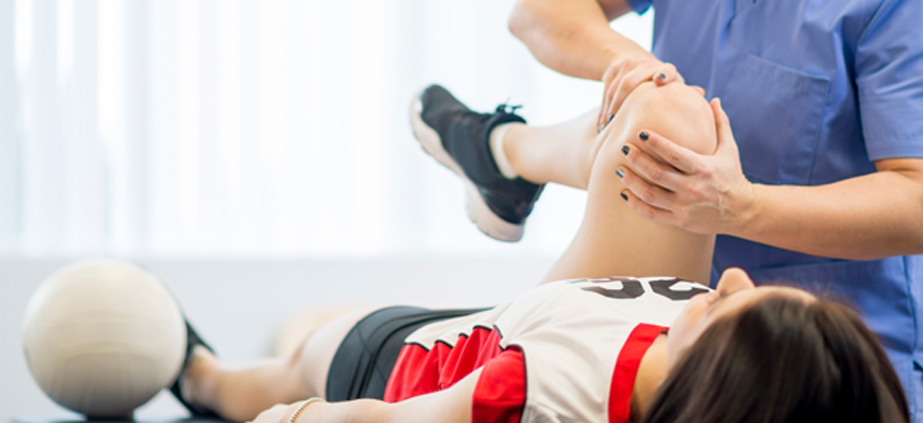
Jumper’s knee, also known as patellar tendonitis, is a condition that develops as a result of repetitive stress on the knee, leading to pain and inflammation of the tendon that connects the kneecap (patella) to the shinbone (tibia).
The condition is especially common among athletes who play volleyball and basketball. An estimated 40-50 percent of volleyball players have jumper’s knee.
Symptoms of Jumper’s Knee
Symptoms of this condition include:
- Pain and tenderness at the base of the kneecap
- Swelling in the kneecap
- Burning feeling in the kneecap
- Pain when kneeling down or getting up from a squatting position
- Pain that is sporadic and gradually worsens
- Difficulty climbing stairs or sitting in a car
Causes of Jumper’s Knee
Repetitive stress on the knee can create tiny tears in the tendon and lead to inflammation and weakening of the tendon.
The condition may be exacerbated by:
- Tight leg muscles
- Obesity
- Misaligned feet, ankles and legs
- Uneven leg muscle strength
- Playing on hard surfaces
- Wearing shoes with insufficient padding
- Chronic diseases that weaken the tendon
If left untreated, the condition will worsen and severely damage the tendon. For professional athletes, an untreated jumper’s knee can be a career-finisher.


Diagnosing Jumper’s Knee
Patients experiencing symptoms of jumper’s knee should schedule an appointment with their physician. During an initial visit, the doctor will ask about the patient’s physical activity, evaluate the symptoms and ask about remedies the patient may have tried to ease their pain.
The physician will physically examine the knee, test the knee’s range of motion and observe the area in pain. Next, the doctor will order imaging tests, such as an x-ray, MRI, and ultrasound, in order to rule out other possible causes of pain such as a fracture, or damage to the tendon or bone.
An x-ray will reveal a kneecap fracture or displaced kneecap. An MRI and ultrasound will reveal any damage to the tendon.
Treating Jumper’s Knee
Depending on the severity of the condition, patients may need:
- Medication to provide short-term pain relief and reduce inflammation; medications may include ibuprofen, naproxen sodium and acetaminophen. Some patients may need to wear a brace and use crutches to prevent further damage to the tendon.
- Physical therapy may help reduce pain and inflammation and help stretch and strengthen the leg and thigh muscles.
- Platelet-Rich plasma (PRP) injections involve injecting platelet’s from the patient’s blood to promote healing of the tendon.
- Ultrasound-guided dry needling is a procedure that involves making small holes in the tendon to relieve pain and promote healing.
- Extracorporeal shockwave therapy can reduce pain in the tendon for up to two years.
If these treatments fail to treat jumper’s knee, patients may benefit from a patellar tendon injection.
What to Expect During a Patellar Tendon Injection Procedure
The physician will begin by cleansing the injection site with an antiseptic. An ultrasound machine will be used to ensure the needle is inserted in the correct place. Once the needle is correctly positioned, the local anesthetic and steroid will be injected.

